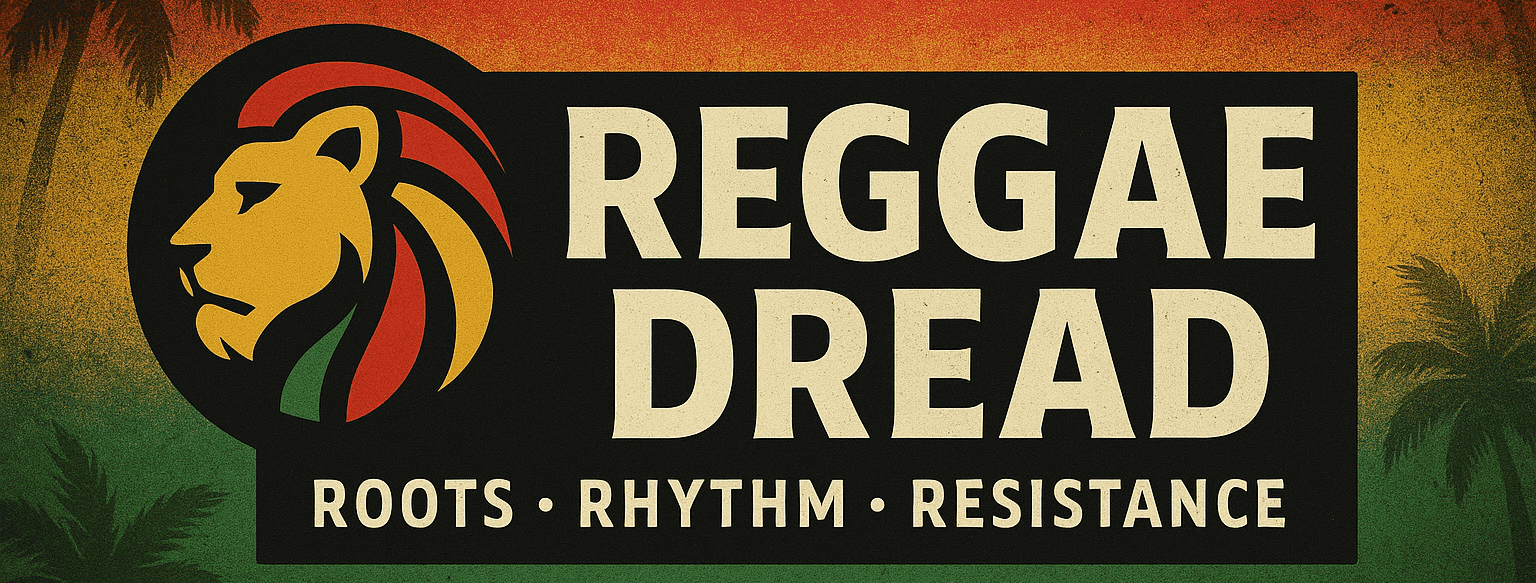Rasta Clothing: A Special Expression of Rastafarian Culture

Rasta clothing is an essential part of Rastafarian culture, a movement that originated in Jamaica in the 1930s. The clothing style is characterized by its vibrant colors, striking patterns, and symbols that are deeply rooted in the Rastafarian philosophy. Throughout the years, Rasta clothing has acquired popularity not just among Rastafarians however likewise among individuals from varied cultural backgrounds who appreciate its unique aesthetic.
In this short article, we will check out the origins of Rasta clothing, its significance in Rastafarian culture, and its effect on fashion and popular culture. We will also respond to some of the frequently asked questions about Rasta clothing.

Origins of Rasta Clothing
The Rastafarian motion began in Jamaica in the 1930s as an action to the oppression of black individuals in the country. The motion drew motivation from Ethiopian Emperor Haile Selassie, whom Rastafarians saw as a messiah and a symbol of black pride and freedom. The motion's viewpoint was based on a mix of Christian and African spiritual beliefs, with an emphasis on the importance of natural living, self-reliance, and unity among black individuals.
Rasta clothing became a visual expression of these beliefs. The clothing style incorporated elements of conventional African clothing, such as the dashiki, and mixed them with modern fashion patterns. The colors of the clothes were inspired by the Rastafarian flag, which includes red, green, and gold. The clothing also included symbols and images that were significant to Rastafarian culture, such as the lion of Judah, the Ethiopian flag, and the cannabis plant.
Significance of Rasta Clothing in Rastafarian Culture
Rasta clothing is more than just a fashion statement in Rastafarian culture. It is a sign of the motion's beliefs and worth. The colors of the clothing represent various elements of the Rastafarian philosophy. Red represents the blood of martyrs and the struggles of black people, green represents the land and plants, and gold represents the wealth and success of Africa.
motion's beliefs and worth. The colors of the clothing represent various elements of the Rastafarian philosophy. Red represents the blood of martyrs and the struggles of black people, green represents the land and plants, and gold represents the wealth and success of Africa.
The symbols and images on the clothes likewise have particular meanings. The lion of Judah is a symbol of strength and guts, and it represents Haile Selassie, whom Rastafarians think is a direct descendant of King Solomon and the Queen of Sheba. The Ethiopian flag represents the motion's connection to Ethiopia, which is seen as a spiritual homeland. The cannabis plant, likewise known as hashish, is viewed as a sacrament and a tool for spiritual knowledge.
Effect of Rasta Clothing on Fashion and Popular Culture
Rasta clothing has had a substantial impact on fashion and pop culture. In the 1970s, Bob Marley, a prominent Rastafarian and artist, popularized the clothing style through his music and efficiencies. Today, Rasta clothing is used by individuals from diverse cultural backgrounds, not simply Rastafarians.
The vibrant colors and striking patterns of Rasta clothing have influenced designer and have actually been incorporated into mainstream fashion. The clothing style has actually been included in fashion programs, music videos, and movies. Nevertheless, some individuals have criticized the commercialization of Rasta clothing, arguing that it undermines its cultural significance.
Frequently Asked Questions about Rasta Clothing
Q: Is it cultural appropriation to use Rasta clothing if you are not a Rastafarian?
A: Some Rastafarians see the wearing of Rasta clothing by non-Rastafarians as cultural appropriation. Nevertheless, others see it as a method of spreading out awareness and gratitude for Rastafarian culture. It is vital to be considerate of the culture and comprehend the significance of the clothes prior to wearing it.
Q: Is Rasta clothing only worn by men?
A: No, Rasta clothing is worn by both men and women. The clothing style is identified by loose-fitting garments that are comfortable to wear in hot climates. Women's Rasta clothing may consist of dresses or skirts, while guys's Rasta clothing may include trousers or shorts.
Q: Can I buy Rasta clothing online?
A: Yes, Rasta clothing is widely readily available for purchase online. Lots of sites focus on Rasta clothing and accessories, and some provide a broad choice of designs and sizes. Nevertheless, it is very important to do research study and choose a trusted website to make sure that the clothing is authentic and of good quality.
Q: What are some popular styles of Rasta clothing?
A: Some popular styles of Rasta clothing include the dashiki, a loose-fitting t-shirt or tunic, and the kufi, a brimless hat used by guys. Other popular designs consist of vibrantly colored trousers, shorts, and dresses, adorned with symbols and images substantial to Rastafarian culture.
Q: Can I use Rasta clothing to a formal event?
A: Rasta clothing is usually considered casual attire and might not be appropriate for formal occasions. Nevertheless, there are some designs of Rasta clothing, such as gowns or button-up t-shirts, that may appropriate for a semi-formal or business casual setting.
Conclusion
Rasta clothing is a distinct expression of Rastafarian culture, with its vibrant colors, striking patterns, and symbols that are deeply rooted in the motion's philosophy. The clothing style has had a significant impact on fashion and popular culture, motivating designers and artists worldwide. However, it is very important to understand the significance of Rasta clothing and be respectful of the culture before wearing it.
If you are interested in Rasta clothing, there are many websites and stores that specialize in the clothing style. Whether you are a Rastafarian or simply value the unique aesthetic of Rasta clothing, there are numerous designs and options to choose from.


























